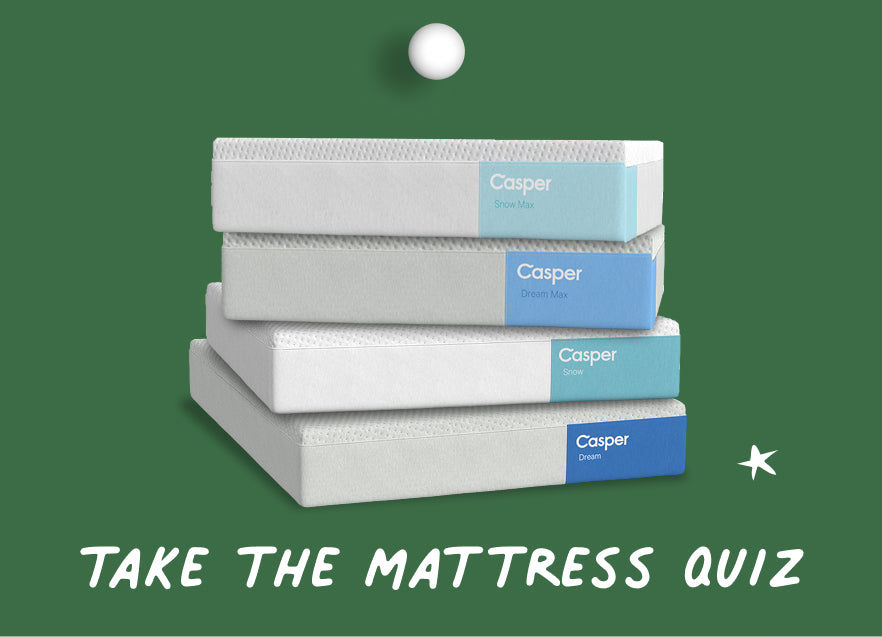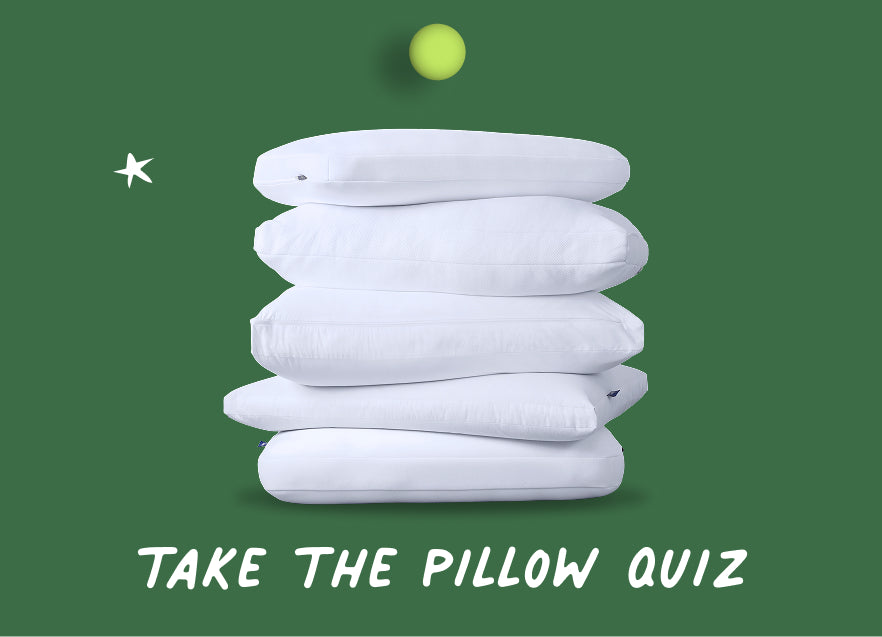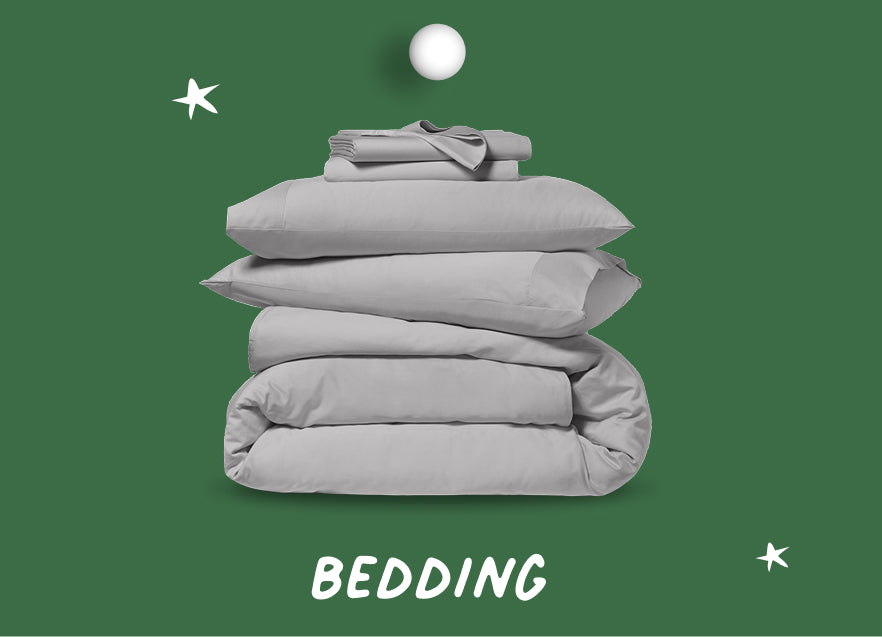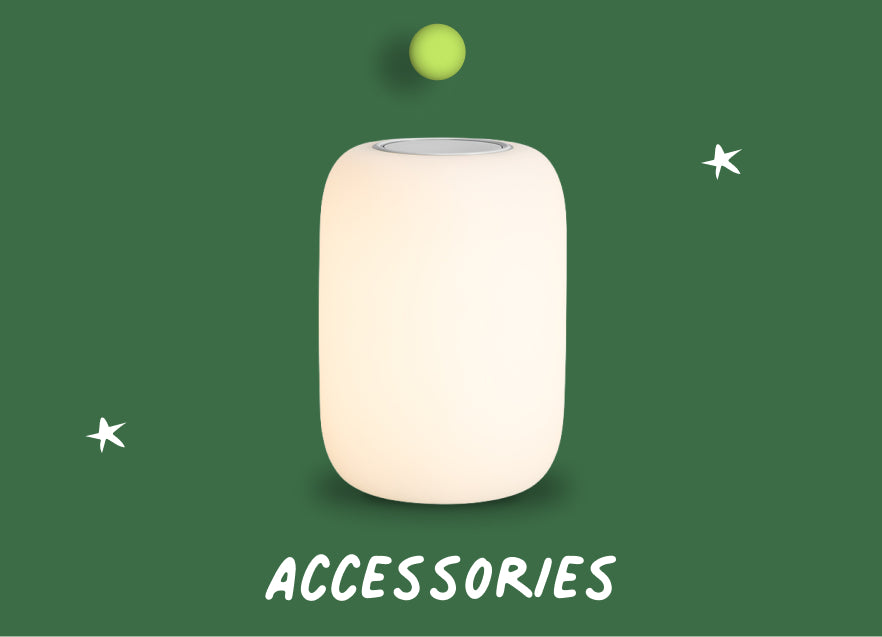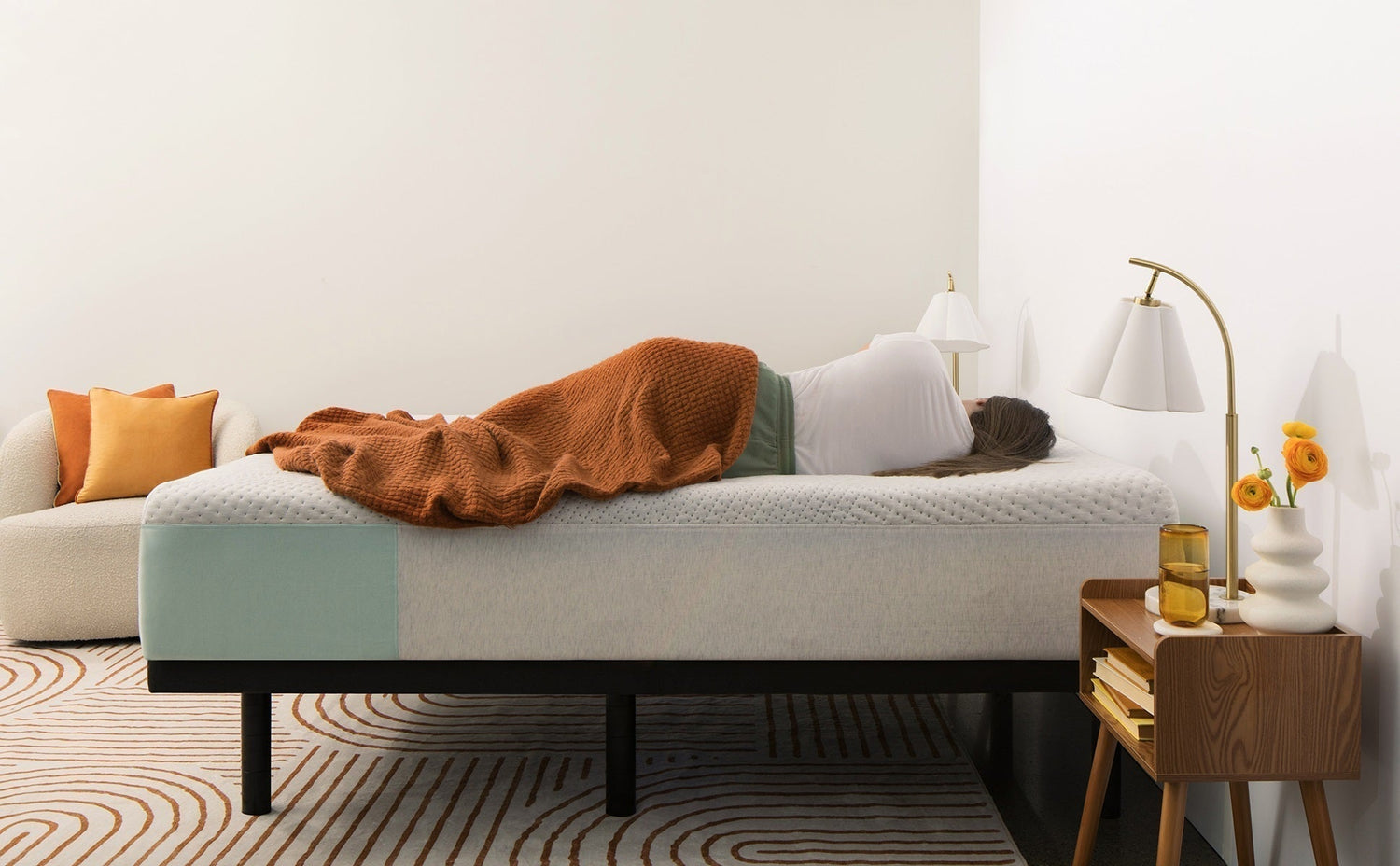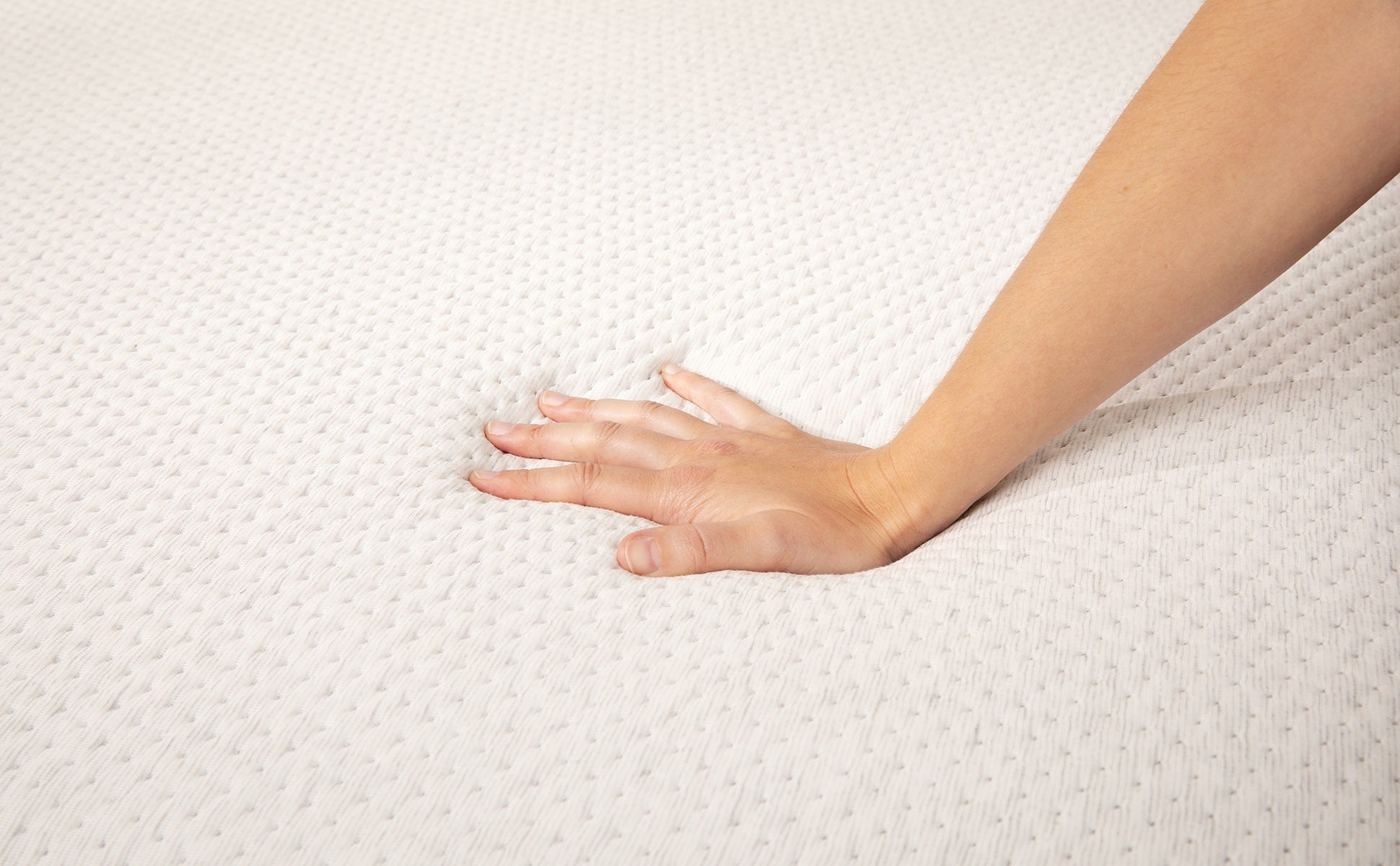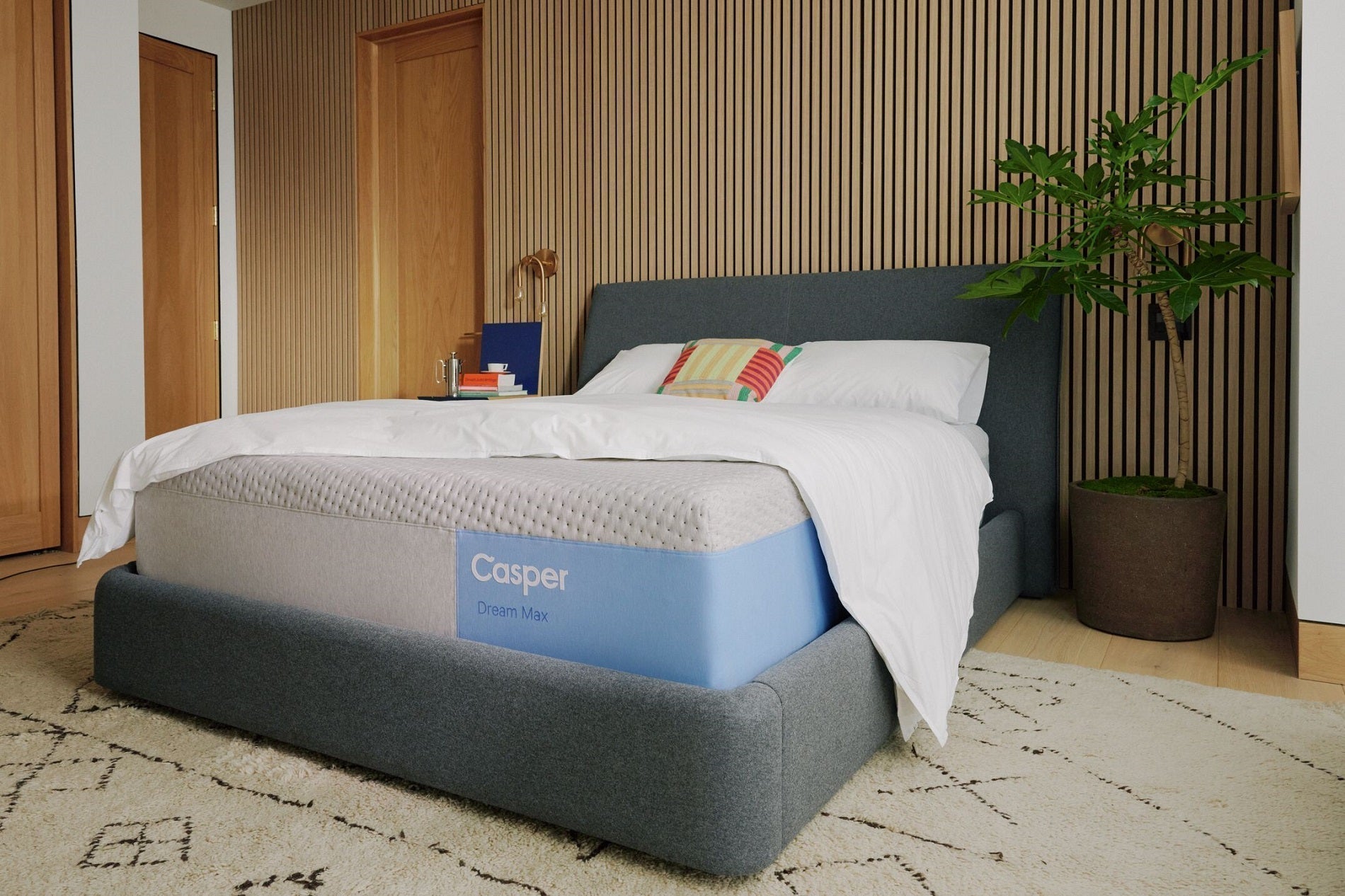Yes, memory foam mattresses are good for your back. A memory foam mattress can offer pressure relief, spinal alignment, and targeted support to alleviate back pain. Medium-firm designs are ideal, and hybrid models may be even better.
Invented by NASA in the '60s, memory foam has become well-known over the decades for its body-conforming comfort and pressure-relieving support.1 These qualities make it a top choice for pillows, shoe insoles, seat cushions, and mattresses. But are memory foam mattresses good for your back?
The short answer: Yes, a high-quality memory foam mattress with enough firmness and solid core support can help with back stiffness or pain. On the other hand, one that's too soft or doesn't have adequate support can actually make these issues worse.
We'll go over the benefits of a premium memory foam mattress, who it's best for, how it can help with back pain, when a hybrid model might be a better option, and what to look for when buying this type of mattress.
How Memory Foam Supports Back Health
Memory foam is an extra-dense and viscous (meaning elastic, strong, and resistant to pressure) type of polyurethane (PU) foam. Sometimes called viscoelastic foam, it contours to the pressure of weight and resists compressing all the way down. But while the material is highly resilient, it slowly returns to its original shape.2
In a mattress, these qualities provide pressure relief, spinal alignment, and targeted support, which can be good for the back.
Pressure Relief
The way memory foam closely conforms to the body allows it to cradle the shoulders, hips, and lumbar (lower back) area. This helps distribute weight evenly from these sensitive points, reducing stress and alleviating pressure.3 Learn more about pressure relief in our blog.

Spinal Alignment
With weight more evenly distributed across a mattress—especially one layered over a supportive base—sleeping on memory foam helps you maintain a neutral spinal position. This means the bones and muscles throughout your back and neck won't be twisted at unnatural angles, which can result in aches and pains in the morning—not to mention posture problems throughout the day.4
Targeted Support
Sleeping on high-density memory foam helps ensure the center of your body (where a majority of your weight is) doesn't sink down into the mattress, causing a "hammock" effect.
The right memory foam mattress can offer targeted support to provide extra lift where your hips and midsection lie. This helps keep weight evenly distributed and prevents strain on your lower back and hips as a result of the sinking.5
When Memory Foam Might Contribute to Back Pain
An all-foam mattress may not be the best option for every sleeper. The quality of the foam, the design of the mattress, the firmness level, and what type of foundation it's placed on also matter.
If you're experiencing back pain, here's what could be contributing to the issue.
Excessive Softness
A foam mattress that's excessively plush might make you think it'll offer cloud-like comfort, but there's actually such a thing as too soft. When foam is ultra-soft and squishy, it doesn't provide adequate support and won't evenly distribute weight.6
This can result in your hips and shoulders sinking down into the middle, which can make your spine curve into an unnatural position—an almost surefire recipe for back pain.
Insufficient Core Support
Some all-foam mattresses lack core support. This can also create alignment issues over time, as the center of your body sinks down into the middle, straining your back and causing you to sleep with your spine in an unnatural position.7
Memory foam generally needs a robust base to support the core. This could be a sturdy frame underneath a memory foam mattress or a hybrid mattress that combines foam with pocketed coils and extra firmness in targeted zones (though you should really be using a bed frame no matter what).
Low-Quality Foam
Lower-density memory foam tends to break down faster than high-density foam, quickly losing its supportive, body-contouring abilities. Even with a newer mattress, low-quality memory foam might not distribute body weight as evenly as high-quality, high-density foam with medium-firm support.8,9

Optimal Firmness and Construction of a Memory Foam Mattress
So, what kind of memory foam mattress is good for the back? When it comes to preventing back pain and encouraging proper alignment, support is crucial. This support can come from proper firmness or a hybrid design.
Medium-Firm Feel
For most sleepers, a medium-firm feel is ideal on a mattress. This firmness level can be particularly beneficial for keeping lower-back pain and hip strain at bay—both of which can contribute to alignment and posture problems.10
On a firmness scale from 1 to 10, 1 being the softest and 10 being the firmest, a medium-firm mattress would be about a 6 or 7.
Casper’s Choice:
Medium-Soft Feel
For side sleepers who need maximum pressure relief at the shoulders and hips, a medium-soft mattress can provide the contouring comfort necessary to keep the spine aligned. These mattresses typically rate around a 5 or 6 on the firmness scale and offer deeper cushioning while still maintaining supportive cores to prevent excessive sinking.
Casper’s Choice:
Hybrid Design
Instead of getting an all-foam mattress, you might consider a hybrid design. Hybrids combine layers of responsive memory foam with pocketed coils to add structure and help balance weight distribution. They can be extremely beneficial for managing chronic back pain and helping you get more comfortable, restful sleep night after night.11
Many hybrid mattresses, like those from Casper, also have zoned support. This means they're slightly softer at the shoulders and firmer under the hips and lower back to resist sinking and encourage ergonomic alignment of the spine.
The Best Memory Foam Mattress Based on Sleeping Position
Here's what the ideal memory foam mattress will look like based on your preferred sleeping position.
Side Sleepers
Side sleepers need enough surface plushness to reduce pressure on the hips and shoulders but plenty of firmness in the center to keep the waist and spine aligned. A medium-soft (especially for lighter sleepers) to medium-firm memory foam mattress or a hybrid model with zoned support is the way to go. Sleeping with a body pillow or placing a smaller pillow between your knees can help prevent hip strain in this position too.12
By the way, side-lying is the most common sleeping position among adults.13 If you situate your body right, it can also be the best for keeping a neutral spine and preventing back pain.14
Casper’s Choice:
Back Sleepers
If you sleep on your back (supine position), choose a mattress with a medium-firm to firm feel (a 7 or 8 on the firmness scale). A firmer surface helps keep your spine mostly straight and supports the natural lumbar curve. This prevents your lower back from arching and your hips from sinking into the center.15
Firmer mattresses can also be good options for heavier sleepers and people who sleep with a partner. Why? Excess plushness or low-density foam can result in one side dipping down or the mattress bottoming out—when the foam compresses all the way down under the weight of the person lying down.16
Casper’s Choice:
Stomach Sleepers
Sleeping on your stomach (prone) generally isn't great for the back. When lying on your stomach, your face is likely turned to the side to allow for breathing. This twists the neck, which begins an unnatural curvature of the spine from the head down.17
Having said that, we realize this position is perfectly comfortable for and preferred by millions of people. If that's you, no worries. You can save your back from aches and pains by choosing a medium to medium-firm mattress (a 6 to 7 on the firmness scale).
Casper’s Choice:

Setup, Foundations, and Break-In
Beyond the mattress type and firmness you choose, what you place your mattress on, the setup process, and how you use it can affect how your back feels.
Allow an Adjustment Period
Lots of mattresses can feel amazing and offer relief on night one. However, this isn't always the case, especially with memory foam. Even once the mattress expands to its full size and shape within a few hours of unboxing, it can take another month or so for your body to adapt to a new sleeping surface. Like a new pair of sneakers, consider this a "break-in" period.
Use the Right Base
Make sure you place your mattress on the right type of base to optimize support. Traditional box springs can be too bouncy for all-foam mattresses. To provide a memory foam mattress with the stability it needs, go with a more solid platform, such as a sturdy bed foundation or a bed frame with firm wood slats.
Quick Mattress-Buying Checklist for Back Support
If it's proper support and back pain prevention you're after, use this handy checklist next time you're buying a mattress:
Casper's Memory Foam and Hybrid Mattresses
Are memory foam mattresses good for your back? They can be!
A carefully engineered, appropriately firm memory foam mattress with sufficient weight distribution and a supportive core can promote spinal alignment and relieve pressure. This can be really effective for reducing back pain and helping you get more restful shut-eye.
Whether you're interested in an all-foam model or a hybrid design, Casper has just the thing. Our exceptionally supportive mattresses are designed to offer contouring pressure relief while evenly distributing body weight, preventing sinking, and keeping the back in a neutral position.
Sources:
- National Aeronautics and Space Administration (NASA). Memory Foam. https://www.nasa.gov/image-article/memory-foam/
- Polyurethane Foam Association (PFA). Viscoelastic (Memory) Foam. https://www.pfa.org/wp-content/uploads/2019/02/InTouch_v11.1.pdf
- Journal of Tissue Viability. Effect of mattress bedding layer structure on pressure relief performance and subjective lying comfort. https://www.sciencedirect.com/science/article/abs/pii/S0965206X23000050
- Sleep. 0959 Use of a Memory Foam Mattress Improves Sleep Quality and Consistency. https://academic.oup.com/sleep/article/46/Supplement_1/A422/7182528
- Journal of Orthopaedics and Traumatology. What type of mattress should be chosen to avoid back pain and improve sleep quality? Review of the literature. https://pmc.ncbi.nlm.nih.gov/articles/PMC8655046/
- Journal of the International Association for the Study of Pain. Bed design and its effect on chronic low back pain — A limited controlled trial. https://journals.lww.com/pain/abstract/1981/02000/bed_design_and_its_effect_on_chronic_low_back_pain.9.aspx
- Journal of Chiropractic Medicine. Changes in back pain, sleep quality, and perceived stress after introduction of new bedding systems. https://pmc.ncbi.nlm.nih.gov/articles/PMC2697581/
- Journal of the Association of Physicians of India. The foam mattress-back syndrome. https://pubmed.ncbi.nlm.nih.gov/11198791/
- Applied Sciences. Investigating the Impact of Long-Term Use on Mattress Firmness and Sleep Quality—Preliminary Results. https://www.mdpi.com/2076-3417/14/21/10016
- Journal of Social Health and Sciences. Effects of mattress firmness and usage duration on low back pain: a hospital-based study from Lahore. https://www.logixsjournals.com/articles/53
- CADTH (Canadian Agency for Drugs and Technologies in Health) Health Technology Review. Therapeutic Mattresses for Chronic Pain. https://canjhealthtechnol.ca/index.php/cjht/article/view/rc1415/612
- National Institute of Arthritis and Musculoskeletal and Skin Diseases (NIAMS). Back Pain: Diagnosis, Treatment, and Steps to Take. https://www.niams.nih.gov/health-topics/back-pain/diagnosis-treatment-and-steps-to-take
- Nature and Science of Sleep. Sleep positions and nocturnal body movements based on free-living accelerometer recordings: association with demographics, lifestyle, and insomnia symptoms. https://www.dovepress.com/sleep-positions-and-nocturnal-body-movements-based-on-free-living-acce-peer-reviewed-fulltext-article-NSS
- BMJ Open. Identifying relationships between sleep posture and non-specific spinal symptoms in adults: A scoping review. https://pubmed.ncbi.nlm.nih.gov/31256029/
- Journal of Orthopaedics and Traumatology. What type of mattress should be chosen to avoid back pain and improve sleep quality? Review of the literature. https://pmc.ncbi.nlm.nih.gov/articles/PMC8655046/
- Applied Ergonomics. Effect of prescribed sleep surfaces on back pain and sleep quality in patients diagnosed with low back and shoulder pain. https://www.sciencedirect.com/science/article/abs/pii/S0003687010000724
- WORK. Effects of sleeping position on back pain in physically active seniors: A controlled pilot study. https://journals.sagepub.com/doi/full/10.3233/WOR-152243

